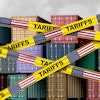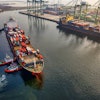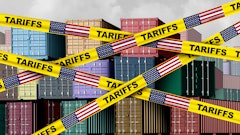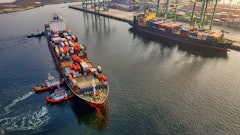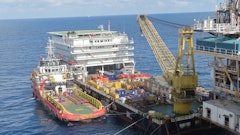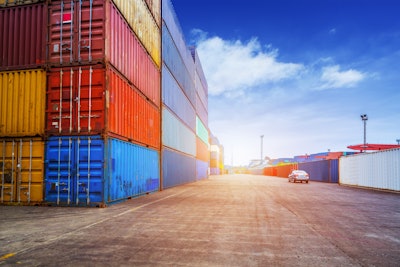
North America has experienced the sharpest rise of 20% in average container prices over the last 90 days, driven by market volatility, U.S. elections uncertainty (and tariff woes), surge in Mexico-U.S. trade, and logistical disruptions in Canada. Meanwhile, these container prices are on a downward trajectory in China, according to recent stats from Container xChange.
"Tariffs make trade less efficient by adding costs, time, and complexity. For instance, instead of straightforward routes, businesses may rely on transshipments, rerouting through Mexico, or diversifying production and assembly sites. This inefficiency requires additional capacity, much like what we saw during Red Sea diversions. Consequently, we anticipate container prices and freight rates to stay elevated, supporting demand for containers and vessel capacity. However, retaliatory tariffs and inflationary pressures will likely harm U.S. exports more than imports, creating broader imbalances in trade dynamics," says Christian Roeloffs, co-founder and CEO of Container xChange.
Key takeaways:
- The potential implementation of new tariffs under the Trump administration, including universal tariffs of up to 20% and higher rates on Chinese imports, could provoke retaliatory measures from key trade partners. These responses are expected to strain U.S. exports by increasing costs, reducing competitiveness, and further destabilizing global trade dynamics. This is expected to have a significant impact on the container shipping sector.
- The North America region recorded the largest increase in average container prices, with 40-foot HC cargo-worthy container prices rising by 20% over the past 90 days. This reflects that North America has been the most volatile market for container trading prices for 40-foot-high cube containers, followed by East Africa and Southeast Asia in the last 90 days.
- The average container price across Canada rose by 23.3% from May 2024 ($2,085.67) to November 2024 ($2,570.17). This indicates a rebound in container prices in the latter half of 2024, driven by increased demand and supply chain pressures. Prices saw the largest percentage increase of 26.8% between May 2024 ($1,928.75) and November 2024 ($2,446.25).
- Given the disruptions anticipated for 2025, expect smaller and distributed trade patterns to rise; emergence of alternative trade routes; increased operational costs; fleet expansion to continue; the need for agility and visibility and call for greater preparedness; and shifts in volume and rates volatility.
“While structural challenges like stagflation and persistent geopolitical tensions weigh heavily on the outlook for 2025, there is potential for persistent holding up of container shipping price flare ups. Success will hinge on businesses staying agile, leveraging data, and preparing for both likely and unforeseen scenarios,” Roeloffs adds.



